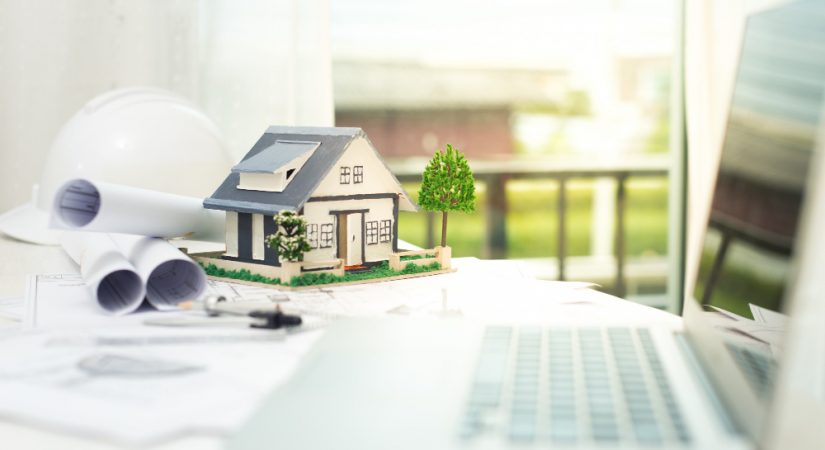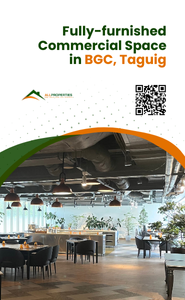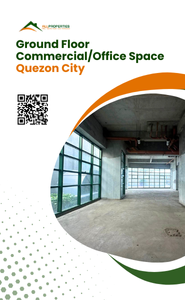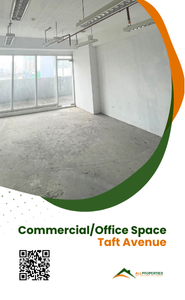What Makes a Green Home

Going green is one real estate trend for 2022. According to psychologists, this tendency is linked to a lack of engagement with nature and the outdoors. Apart from that, people are beginning to adopt and practice sustainable living in order to conserve the environment for future generations.
WHAT ARE GREEN HOMES?
A green home or green buildings is a residence that is built, remodeled, or retrofitted to be ecologically friendly. The utilization of energy, water, and construction materials in a green home is prioritized. Sustainable, ecologically friendly, and recycled building materials may be used in a green home. It may contain renewable energy sources like solar or geothermal, and it may be sited to maximize the use of natural elements such as sunshine and tree cover to increase energy efficiency.
Green homes are normally built by architects and developers who follow protocol or green building council and environmental protection agency. In the Philippines, this is known as Green Architecture. Green architects work with the key concepts of creating an energy-efficient, environmentally friendly house.
BENEFITS OF GREEN HOMES
Healthy Household
The use of eco-friendly products and building materials in green homes aids in the fight against interior air pollution, which may be even worse than outside pollution as inadequate indoor air quality can endanger homeowners’ health.
Natural ventilation in a green home, as well as the use of mechanical ventilation systems to filter and bring fresh air inside while venting stale air outside, help people breathe easier.
Reduced Greenhouse Gases
Greenhouse gas emissions are one of the key causes of global warming. Buildings and constructions contribute significantly to greenhouse gas emissions. Green buildings and homes reduce GHG emissions, which helps to rebuild the ozone layer.
Cost-effective and energy-efficient
Green homes are designed with energy-saving elements, such as increased degrees of insulation, decreased air leakage, high-performance windows to generate more sunlight, energy-efficient lighting, energy star appliances, solar panels, thermal mass, daylighting, geothermal energy, and other renewable energy integration.
Excellent Indoor Air Quality
This is accomplished by the careful selection of materials and finishes that emit extremely few or no volatile organic compounds. Advanced heat recovery ventilation systems are used in green homes to offer a constant supply of fresh air while venting the interior air space. Dust, pollen, and other outside air pollutants will be reduced using advanced air filters.
Related: Green Communities: A Healthier Living Experience
Durable
These structures remain longer because they are constructed with natural materials and with greater care compared with a conventional home.
Save Water
Green homes use water-saving fixtures and other measures. Water conservation is about more than just protecting the resource. When drinkable water is wasted, all of the energy used in the processing and delivering it to your house is also wasted. Reducing the amount of hot water used also reduces the amount of energy required to heat it.
Better Daylight and View
Green homes include windows that are purposefully designed and placed to give residents a link between indoor and outdoor environments through the introduction of sunshine and views. Having these types of windows can also provide natural heating with minimal to zero energy used.
Fewer Materials Used
Construction strategies that maximize building material utilization and limit job site waste, such as panelized construction, recycling, and reuse, divert rubbish from landfills. This minimize exposure or the need for natural materials and, as a result, the environmental impact.
Ecofriendly Location
New green homes are typically developed in development patterns and neighborhoods that encourage walking, bicycling, or taking public transportation, reducing reliance on personal cars and their related environmental effect.
GREEN HOME DESIGN
When building a green building or home, architects consider the sustainable manner of design and construction while keeping the environment in mind. Architects that employ the sustainable method deal with the core ideas of building an energy-efficient, ecologically pleasant home.
Green homes are often constructed with a PVC roof, polystyrene-lined concrete walls that moderate inside temperature, non-toxic paint, LED lighting, and water-saving products. Some also utilize thermal walls, a method that prevents heat, and double glazing low emissivity glass to reflect heat out. Using this approach reduces the usage of air conditioning systems, which contributes to carbon emissions that causes climate change and also save energy bill, air conditioning costs, and money.
LED lights are becoming increasingly popular as an energy-efficient home design component. LED lights save energy since they consume less electricity and do not require bulb replacement for many years. They may be a little more expensive up first, but consider the savings on energy and the reduced frequency with which the bulbs must be changed.
Toilets and other plumbing fixtures are no longer what they once were. They provide dual flush toilets that allow selecting a less water or greater flush rate as needed. All plumbing fixtures, including faucets and showerheads, can have decreased or low-flow water use. These fixtures are becoming increasingly popular. There will be no difficulty in locating plumbing fixtures that consume water at lower flow rates.
Sustainable houses are also known to employ items and building materials that have post-consumer recycled content. Recycled glass worktops, recycled flooring, carpets, and recovered wood flooring and timber are all popular products. Aside from that, here is a list of other recycled-product components that have efficient use while building a more sustainable home and to avoid construction waste:
- Steel from recycled metals.
- Bricks and other masonry reclaimed. Recycled bricks, stones, and pavers can also be repurposed.
- Reuse excavation soils for new landscaping.
- Roof shingles can include recycled material.
- Products made of recycled plastic.
- Recycling of drywall materials
These materials may be utilized all throughout the house. They can be put as a stand-alone item or as part of a bigger project. Less waste on construction can save time and money.
Bamboo is another popular environmentally friendly building material. This fast-growing grass is extremely sustainable, making it an excellent choice for a variety of tasks. Bamboo may be used to replace standard timber in construction or as flooring. Given the high cost of timber and the difficulties in locating sustainably sourced material, a bamboo is a realistic option for many individuals.
The most straightforward of these energy-efficient house ideas is to use energy-efficient appliances and equipment such as washing machines, fridges, and air condition. Use Energy Star-rated appliances as a bare minimum. The fact that they are ENERGY STAR certified merely indicates that they consume less energy than their non-energy efficient competitors. Energy-efficient appliances, on the other hand, frequently cost more but can save money in the long term.
Most energy and environmental design also include solar panels. A solar panel is a grouping of solar or photovoltaic cells that may be used to generate power via the photovoltaic effect. On the surface of solar panels, these cells are organized in a grid-like arrangement. Solar panel installation in conventional homes, green homes, multifamily buildings, or single-family residents aids in reducing harmful greenhouse gas emissions and hence aids in the reduction of global warming. Solar panels produce no pollutants and are environmentally friendly. They also reduce our dependency on fossil fuels and conventional energy sources.




